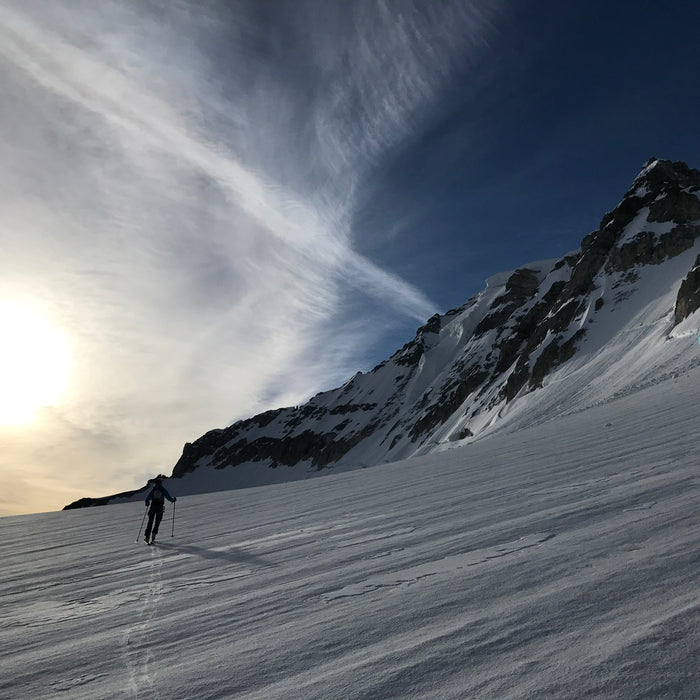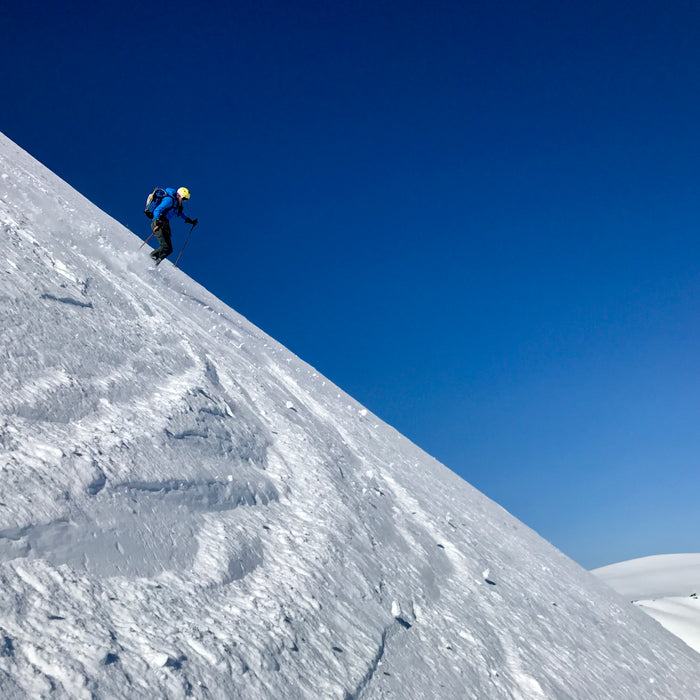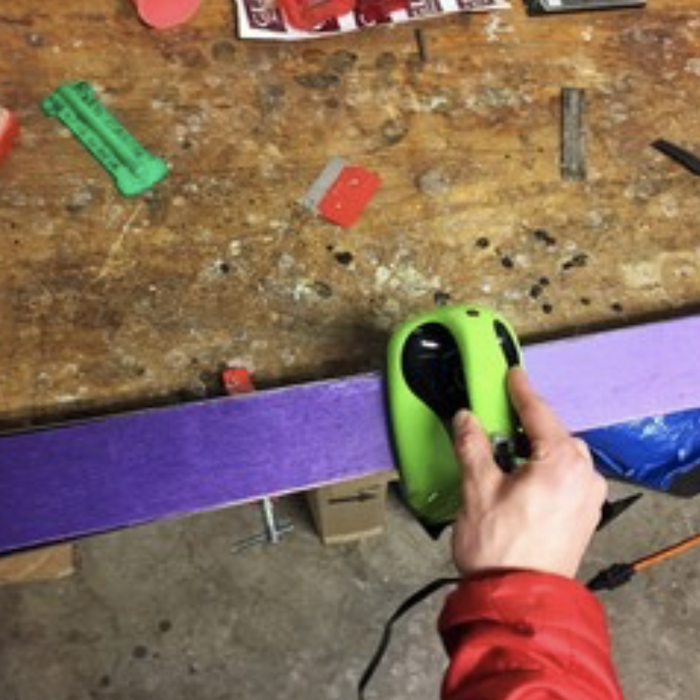
Gear Tips
RSS-
 Next up on our Backcountry 101 is following the snow. We all know that backcountry skiing can be dangerous so it’s a good idea to keep tabs on the weather to keep on top of what the snowpack is doing.Read now
Next up on our Backcountry 101 is following the snow. We all know that backcountry skiing can be dangerous so it’s a good idea to keep tabs on the weather to keep on top of what the snowpack is doing.Read now -

Backcountry 101 Part 2: Avalanche Training
Read nowSecond part of our Backcountry 101 series: Avalanche Training and awareness. Avalanche danger is one of those things that scare people off backcountry skiing or snowboarding the most. While it's impossible to eliminate completely the risk of avalanches, it is certainly possible to mitigate and reduce risks to acceptable levels to most skiers.
There are tons of resources out there to stay up to date on current avalanche conditions...
-

Backcountry 101 Part 1: The Skiing
To many skiers, backcountry skiing sounds intimidating. Going to seldom-visited areas, dodging avalanches, skiing between cliffs and dangerous terrains sounds like quite the daredevil activity, but reality is different in most ways. Backcountry skiing is what you want it to be. It can be a safe and enjoyable activity . Beginners have a point though by saying this is all a bit confusing. What to start with? How to make this all look less overwhelming? The obvious and often heard answer is : Take an AST-1 course. This is a great idea, but there is a lot more to the backcountry skier's skillset. This Backcountry 101 will cover the different aspects of backcountry skiing as well as useful resources.Read now -

Skin Waxing: Lessons from Skimo Racers
Read now"My skins were glopping so bad, I was carrying the entire skintrack uphill."
Spring. Powder in the morning, corn in the afternoon. Leaving before dawn for long epic missions for those lines we think of all winter. Skin failure problems and glopping, which varies greatly depending on brands.







